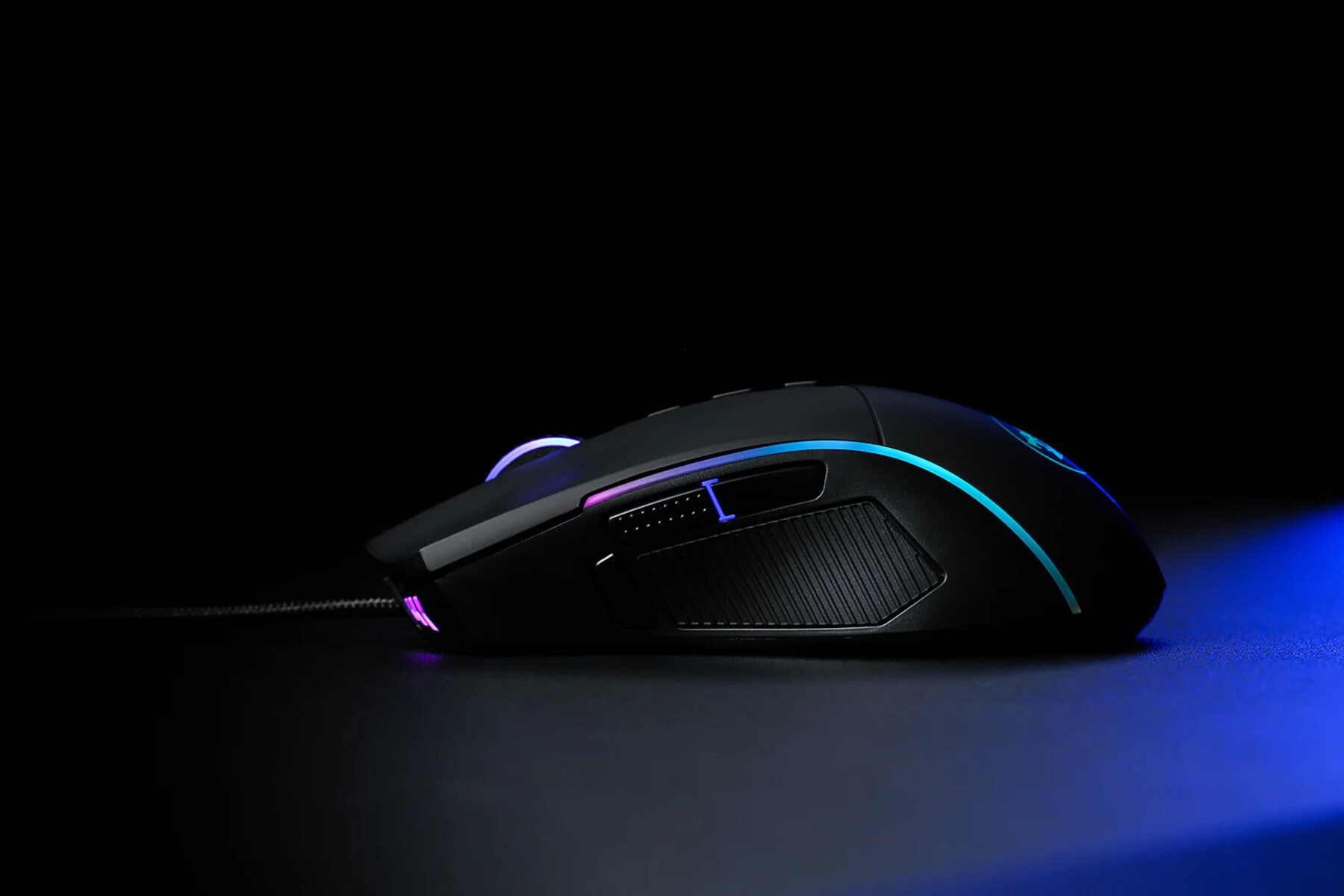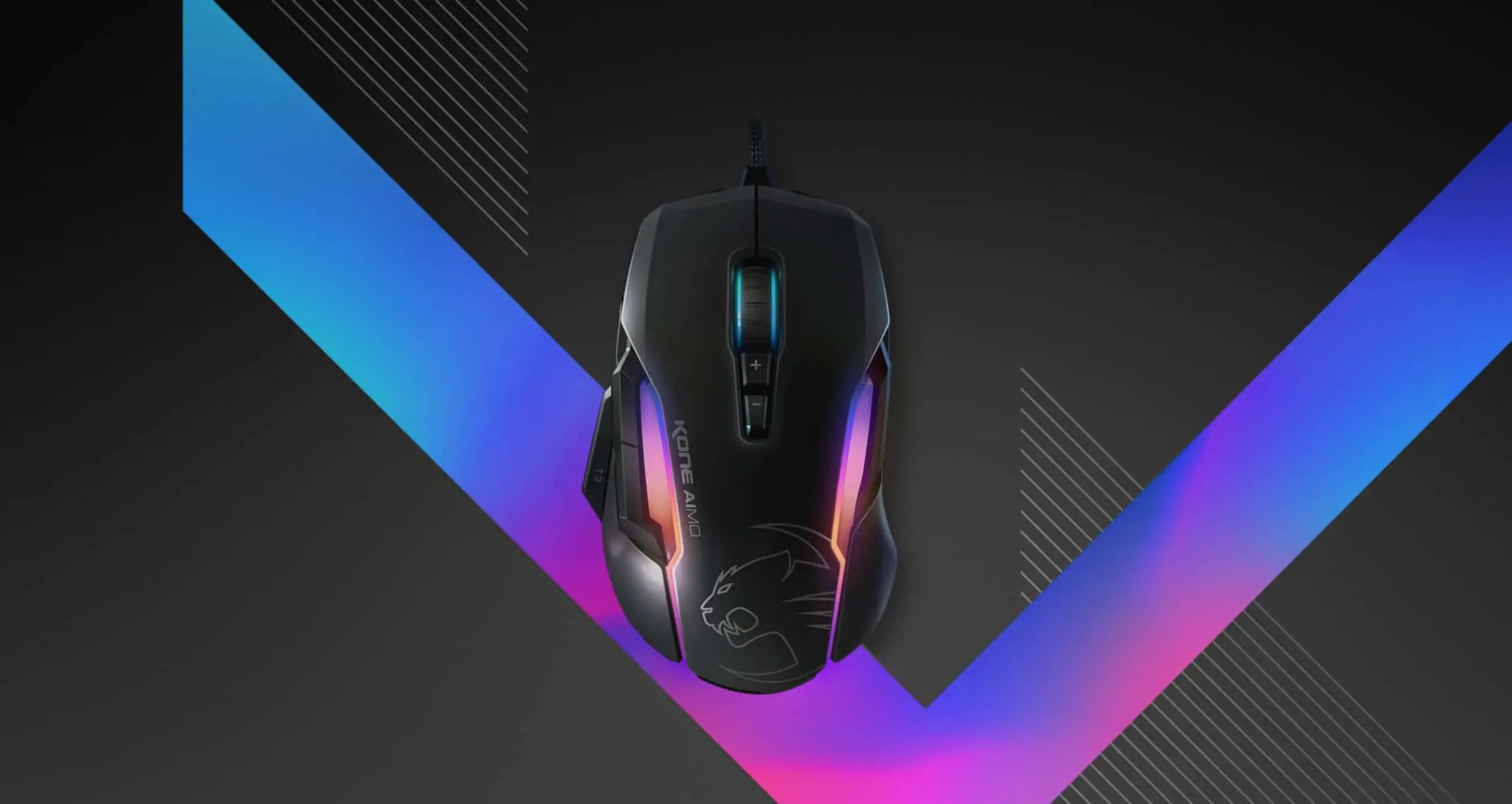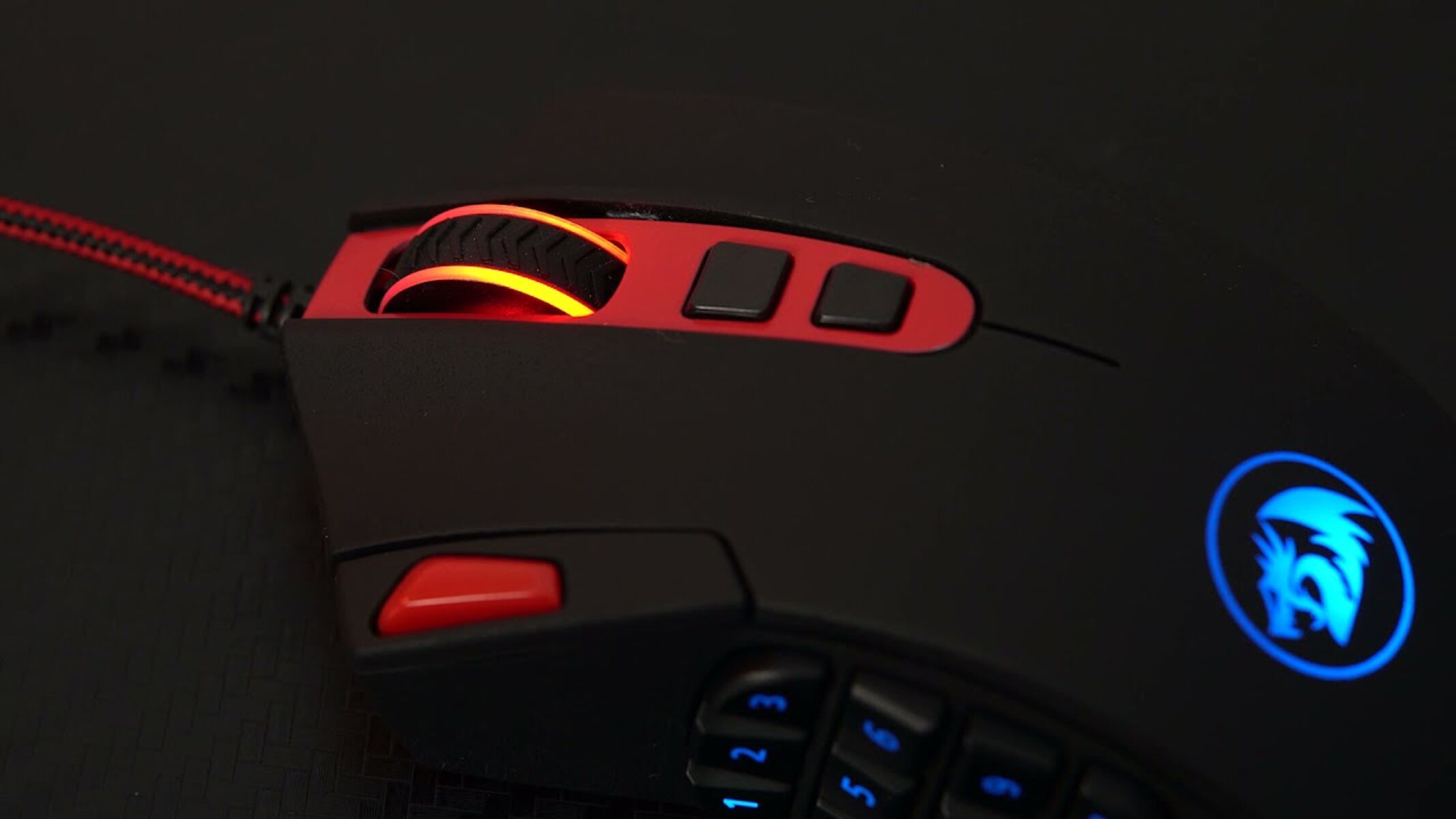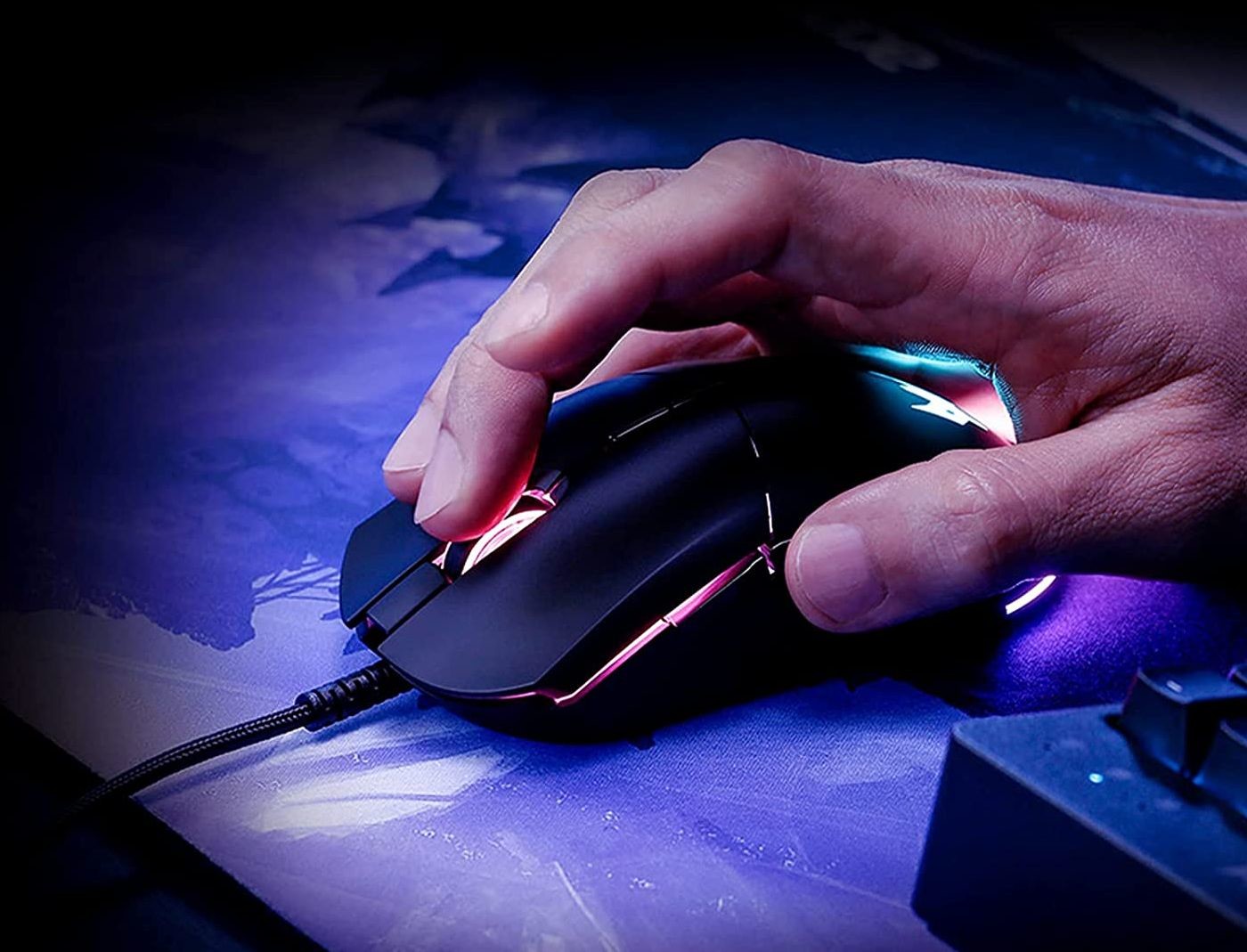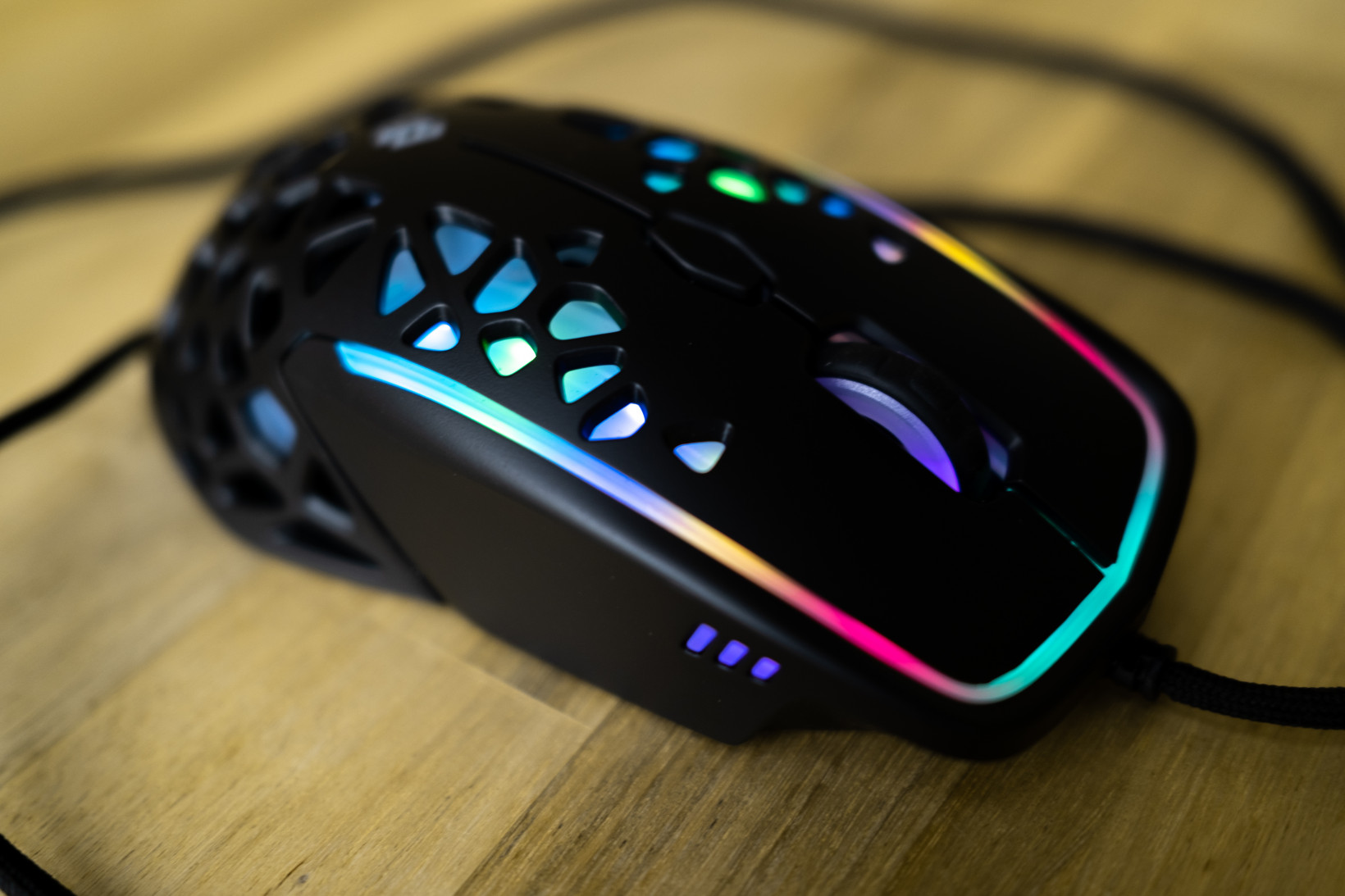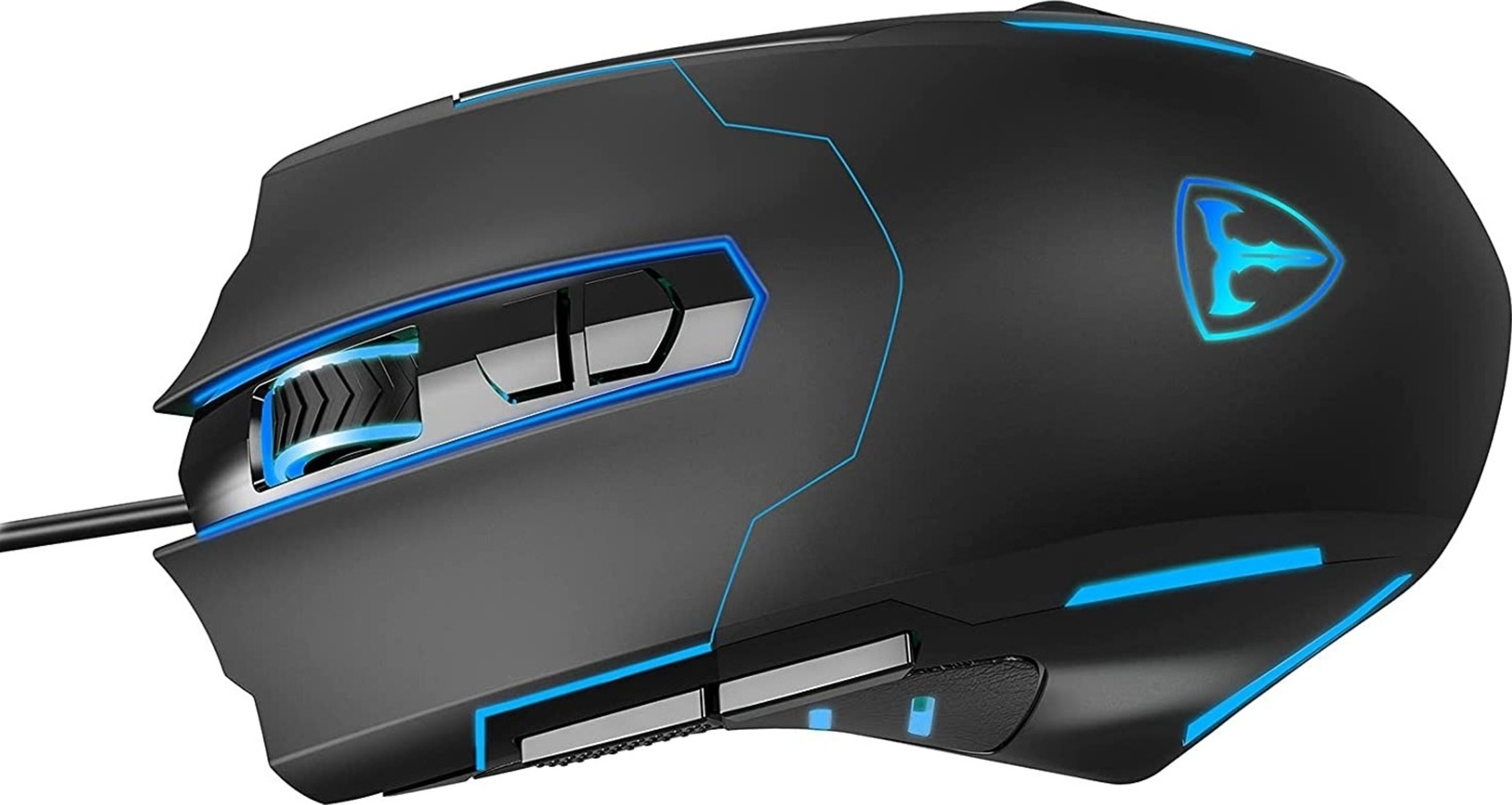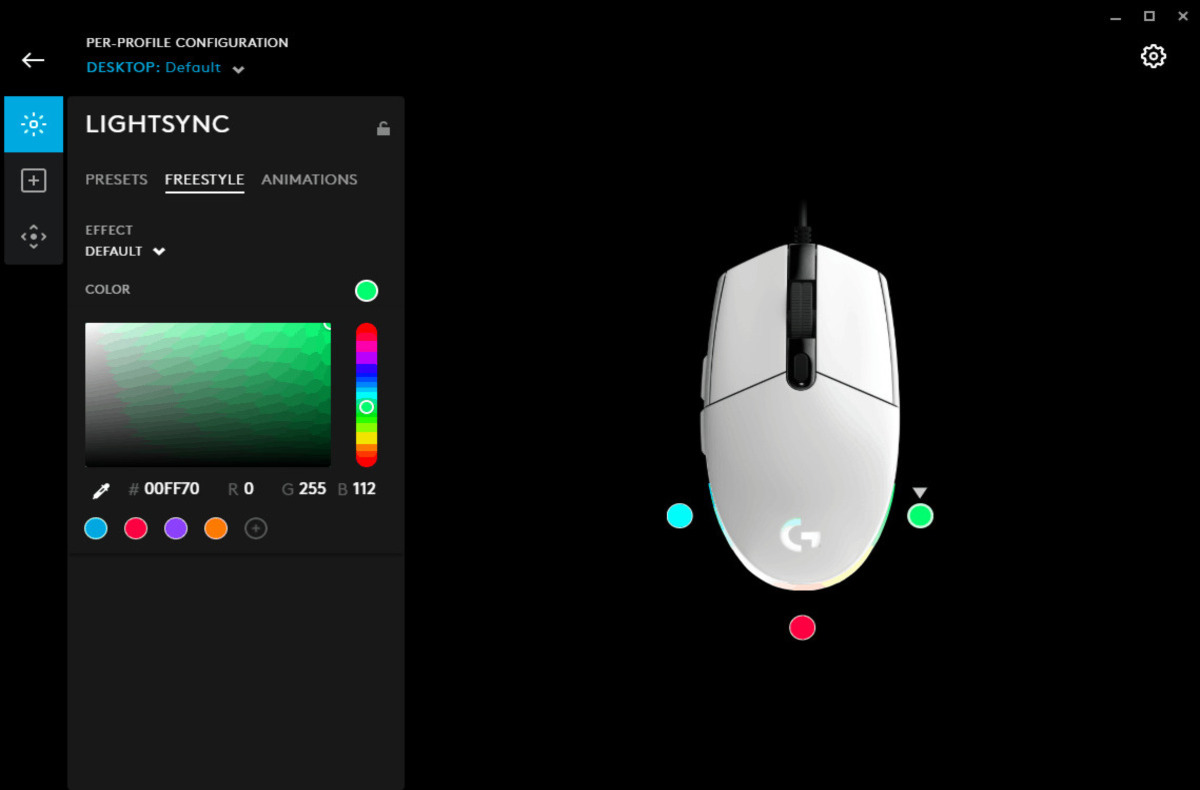Introduction
Understanding RGB Lighting on Gaming Mice
Gaming mice have become more than just a tool for clicking and scrolling; they are now an essential part of a gamer’s setup, offering customizable features that enhance the gaming experience. One of the most popular customization options is the RGB lighting, which allows users to personalize their gaming mouse with a spectrum of vibrant colors. Understanding how to change the lighting color on a gaming mouse can add a fun and dynamic element to your gaming rig, making it stand out and reflect your unique style.
RGB, which stands for red, green, and blue, is the color model used in most gaming peripherals, including mice. This model allows for the creation of millions of colors by combining different intensities of red, green, and blue light. The RGB lighting on a gaming mouse can be adjusted to a single static color, a cycling color pattern, or even synchronized with in-game actions for an immersive experience.
Changing the lighting color on a gaming mouse is a straightforward process, but it varies depending on the model and manufacturer. In this guide, we will explore the general steps to change the lighting color on gaming mice and delve into the customization options available to personalize the lighting effects.
Understanding RGB Lighting on Gaming Mice
RGB lighting has become a hallmark feature of modern gaming peripherals, adding a touch of personalization and flair to the gaming experience. In the context of gaming mice, RGB lighting allows users to customize the color and effects of the lighting, transforming a standard peripheral into a visually stunning and personalized device. Understanding the basics of RGB lighting on gaming mice is essential for harnessing the full potential of this feature.
RGB lighting operates on the principle of additive color mixing, where different intensities of red, green, and blue light are combined to create a wide spectrum of colors. This versatility enables gamers to tailor the appearance of their gaming mouse to suit their preferences, mood, or gaming setup. Whether it’s a static color, a pulsating pattern, or a dynamic color cycle, the RGB lighting on gaming mice offers a myriad of options to enhance the aesthetic appeal of the peripheral.
Furthermore, RGB lighting is not just about aesthetics; it can also serve as a functional tool in gaming. For instance, certain gaming mice are equipped with RGB lighting that can be synchronized with in-game events, providing visual cues or notifications during gameplay. This integration of lighting effects with in-game actions adds an immersive dimension to the gaming experience, allowing players to engage more deeply with their virtual environments.
Manufacturers often provide software interfaces that allow users to control and customize the RGB lighting on their gaming mice. These interfaces offer a range of options, including color selection, brightness adjustment, and the creation of custom lighting profiles. Some advanced gaming mice even feature addressable RGB lighting, where each lighting zone can be individually controlled, resulting in intricate and mesmerizing lighting effects.
Understanding the capabilities and nuances of RGB lighting on gaming mice empowers users to elevate their gaming setups to new levels of personalization and immersion. The next section will delve into the steps to change the lighting color on a gaming mouse, providing a practical guide to harnessing the potential of RGB lighting customization.
Steps to Change Lighting Color on Gaming Mouse
Changing the lighting color on a gaming mouse involves a series of straightforward steps, although the exact process may vary depending on the make and model of the device. Here, we outline a general guide to changing the lighting color on gaming mice, providing a foundation for users to customize their peripherals according to their preferences.
1. Install Manufacturer Software: Most gaming mice come with dedicated software provided by the manufacturer, offering comprehensive control over the device’s features, including RGB lighting. Begin by installing this software on your computer, ensuring that it is compatible with your gaming mouse model.
2. Connect the Gaming Mouse: Once the software is installed, connect your gaming mouse to your computer using the provided cable or wireless connection. Ensure that the device is recognized by the software and that it appears in the interface for customization.
3. Access Lighting Settings: Open the manufacturer’s software and navigate to the section dedicated to lighting or RGB customization. This section typically provides options for adjusting the lighting color, effects, and brightness. Depending on the software, you may have access to a color wheel, predefined color palettes, or custom color input fields.
4. Select the Desired Color: Within the lighting settings, choose the color you wish to apply to your gaming mouse. This can be a static color, a dynamic color cycle, or a pulsating effect, depending on the capabilities of your gaming mouse and the software interface. Some software may also offer the option to synchronize the lighting with in-game events or system notifications.
5. Apply the Changes: After selecting the desired color and lighting effects, apply the changes within the software interface. This typically involves saving the profile or settings to the gaming mouse, ensuring that the customized lighting configuration is retained even when the device is disconnected from the computer.
6. Test the Lighting: Disconnect the gaming mouse from the computer and observe the applied lighting color and effects. Ensure that the customization has been successfully applied and that the lighting behaves as intended, especially if you have chosen dynamic or synchronized effects.
By following these general steps, users can effectively change the lighting color on their gaming mice, adding a personalized touch to their gaming setups. The next section will explore the possibilities of customizing lighting effects to further enhance the visual appeal of gaming mice.
Customizing Lighting Effects
Customizing lighting effects on gaming mice goes beyond simply changing the color; it involves creating dynamic and visually captivating displays that enhance the overall gaming experience. Manufacturers often provide software interfaces that enable users to delve into the realm of advanced RGB customization, offering a range of effects and configurations to personalize the lighting on their gaming mice.
Dynamic Color Cycling: Many gaming mice support dynamic color cycling, where the RGB lighting transitions smoothly through a spectrum of colors. This feature can add a dynamic and eye-catching element to the gaming mouse, creating a visually engaging display that complements the gaming environment.
Pulsating Effects: Pulsating lighting effects involve the gradual expansion and contraction of the RGB lighting, resulting in a breathing or pulsating pattern. This effect can be customized in terms of speed and intensity, allowing users to create subtle yet mesmerizing lighting displays on their gaming mice.
Custom Lighting Profiles: Advanced gaming mouse software often allows users to create custom lighting profiles, enabling the configuration of specific lighting effects for different gaming scenarios or personal preferences. This level of customization empowers users to tailor the lighting to match their gaming mood or the visual theme of their gaming setup.
Synchronized Lighting: Some gaming mice feature RGB lighting that can be synchronized with in-game events or system notifications. This functionality adds an immersive dimension to gaming, as the lighting effects respond to in-game actions, providing visual cues or enhancing the overall gaming ambiance.
Addressable RGB Lighting: Certain high-end gaming mice are equipped with addressable RGB lighting, allowing for individual control of each lighting zone on the device. This level of granularity enables intricate and mesmerizing lighting displays, as each zone can exhibit different colors and effects, resulting in a visually stunning and customizable peripheral.
By exploring these advanced customization options, users can transform their gaming mice into personalized and visually captivating devices that complement their gaming setups. The next section will provide a summary of the key points discussed and reinforce the significance of understanding and harnessing RGB lighting customization on gaming mice.
Conclusion
Understanding how to change the lighting color on a gaming mouse and customize the RGB lighting effects opens up a realm of personalization and creativity for gamers. The RGB lighting feature, prevalent in modern gaming mice, allows users to infuse their gaming setups with vibrant and dynamic visual displays, enhancing both the aesthetic appeal and functional aspects of the peripheral.
By familiarizing themselves with the basics of RGB lighting and the steps to customize it, gamers can unleash the full potential of their gaming mice, creating personalized lighting displays that reflect their unique style and preferences. Whether it’s a static color to match a gaming rig’s theme, a dynamic color cycle for visual flair, or synchronized lighting effects for immersive gameplay, the customization options empower users to tailor their gaming mice to their individual tastes.
Furthermore, the availability of advanced RGB customization features, such as dynamic color cycling, pulsating effects, custom lighting profiles, synchronized lighting, and addressable RGB lighting, provides a spectrum of possibilities for users to explore. These features not only add visual appeal but also contribute to a more immersive and engaging gaming experience, as the lighting effects can synchronize with in-game actions and environmental cues.
Ultimately, the ability to change the lighting color on a gaming mouse and customize the RGB lighting effects represents a convergence of functionality and personal expression. It allows gamers to extend their creativity beyond gameplay, shaping their gaming setups into visually captivating and personalized environments. As gaming peripherals continue to evolve, the customization of RGB lighting on gaming mice stands as a testament to the fusion of technology and personalization, enriching the gaming experience for enthusiasts worldwide.







